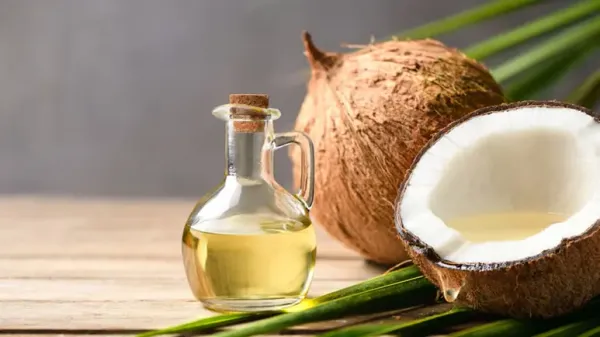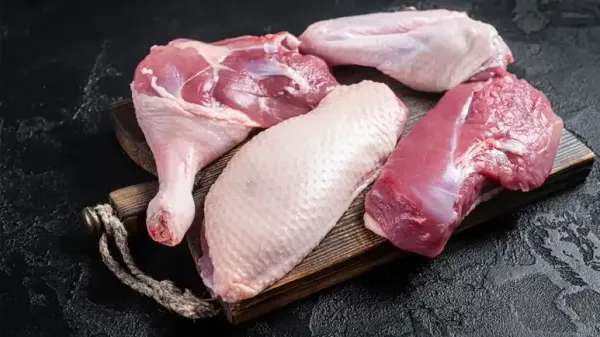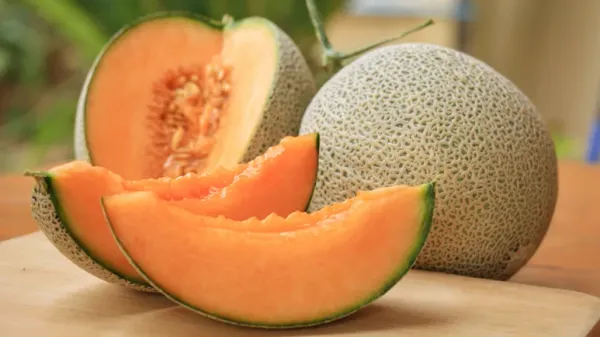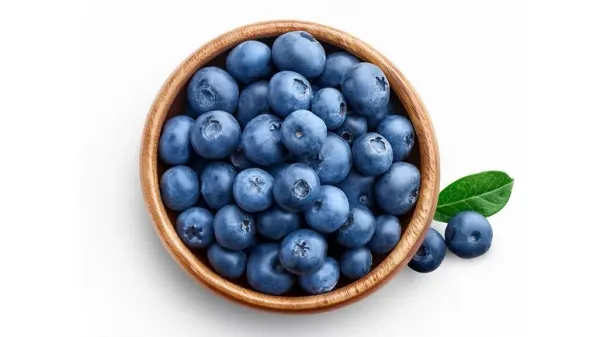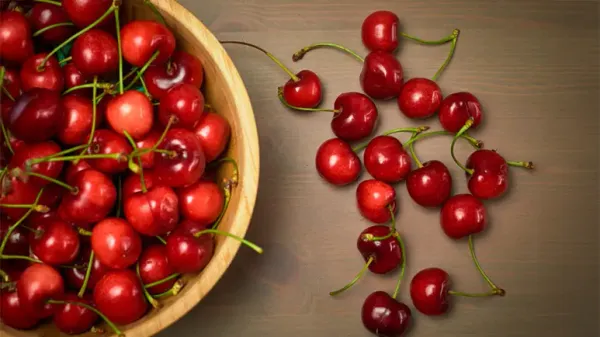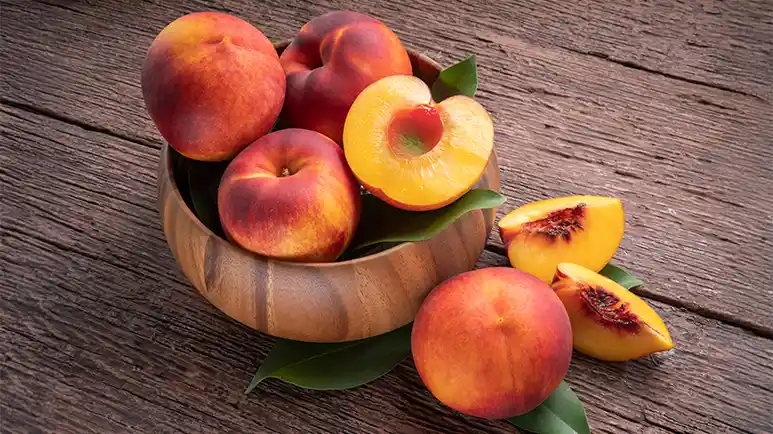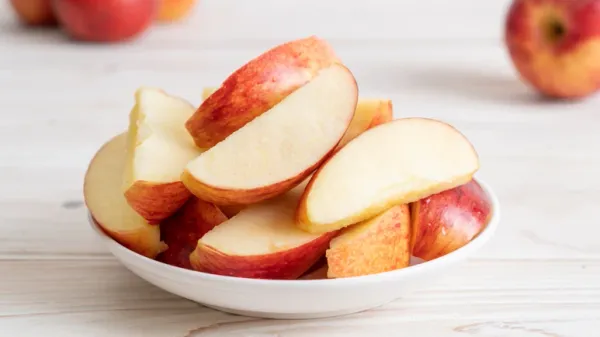
Barley: Is This Common Ingredient Helping or Hurting Your Pet?
If you check the label on your commercial pet food, you might see this ingredient listed, but can it do your pet good? Here's the real reason why it's a common part of their formula, and whether or not it's really harmless for your pet.
